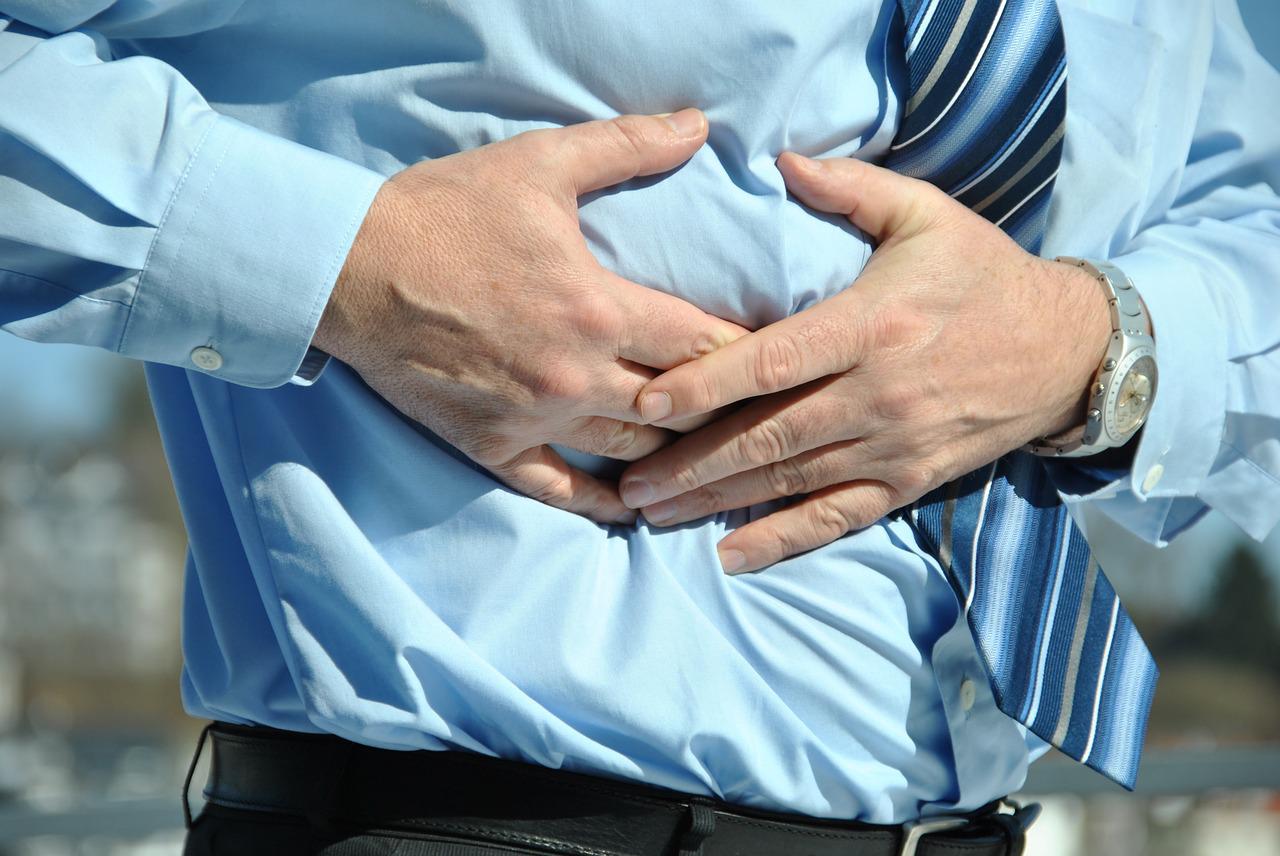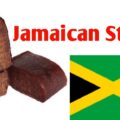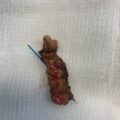What is a kidney stone?
A kidney stone is a hard object that is made from chemicals in the urine. Every year, there are about 600,000 kidney stone cases in the United States. Urine has various wastes dissolved in it. When there is too much waste in too little liquid, crystals begin to form. The crystals attract other elements and join together to form a solid that will get larger unless it is passed out of the body with the urine. Usually, these chemicals are eliminated in the urine by the body’s master chemist: the kidney. In most people, having enough liquid washes them out or other chemicals in urine stop a stone from forming. The stone-forming chemicals are calcium, oxalate, urate, cystine, xanthine, and phosphate.
After it is formed, the stone may stay in the kidney or travel down the urinary tract into the ureter. Sometimes, tiny stones move out of the body in the urine without causing too much pain. But stones that don’t move may cause a back-up of urine in the kidney, ureter, bladder, or the urethra. This is what causes the pain. Kidney stones in children are far less common than in adults but they occur for the same reasons. They’re four times more likely to occur in children with asthma than in children who don’t have asthma.
What are the symptoms of kidney stones?
You can have a stone in your kidney for years and not know it’s there. But, when it starts to move or becomes very large, you may have symptoms. Symptoms of a kidney stone include:
- Feeling pain in your lower back or side of your body. This pain can start as a dull ache that may come and go. It can also become severe and result in a trip to the emergency room.
- Having nausea and/or vomiting with the pain.
- Seeing blood in your urine.
- Feeling pain when urinating.
- Being unable to urinate.
- Feeling the need to urinate more often.
- Fever or chills.
- Having urine that smells bad or looks cloudy.
Smaller kidney stones may not cause pain or other symptoms. These “silent stones” pass out of your body in your urine.
What are the symptoms of kidney stones in children?
The most common symptoms of kidney stones are blood in the urine or pain. The amount of pain your child experiences and where it hurts depends on where the stone is located and its size. Other symptoms include:
- Severe colicky pain.
- Inability to urinate (when a stone blocks the urinary tract).
- Nausea/vomiting.
- Cloudy, foul-smelling urine, fever, chills, or weakness might be a sign of a serious infection.
- Blood in the urine.
Most pediatric kidney stones remain in the kidney, but up to a third may migrate from the kidney and get stuck in a ureter. Stones that remain in the kidney, although often painless, can be the source of recurrent urinary tract infections. Those that lodge in the ureter can create severe colicky pain.
What Can Mimic Kidney Stone Pain?
Kidney stones are sometimes considered “the great mimicker” because most common kidney stone signs and symptoms are like many other conditions or diseases. As a result, these kidney stone symptoms are often misdiagnosed or mistaken as other illnesses.
Conditions that can be mistaken for kidney stones, sharing similar symptoms:
- Appendicitis or lower back pain
- Gastritis
- Ovarian or testicular conditions
- Stomach flu or virus
- Urinary tract infection (UTI)
Prevention of Future Stones
Once your health care provider finds out why you are forming stones, he or she will give you tips on how to prevent them. This may include changing your diet and taking certain medications. There is no “one-size-fits-all” diet for preventing kidney stones. Everyone is different. Your diet may not be causing your stones to form. But there are dietary changes that you can make to stop stones from continuing to form.
Diet Changes
Drink enough fluids each day. If you are not producing enough urine, your health care provider will recommend you drink at least 3 liters of liquid each day. This equals about 3 quarts (about ten 10-ounce glasses). This is a great way to lower your risk of forming new stones. Remember to drink more to replace fluids lost when you sweat from exercise or in hot weather. All fluids count toward your fluid intake. But it’s best to drink mostly no-calorie or low-calorie drinks. This may mean limiting sugar-sweetened or alcoholic drinks.
Knowing how much you drink during the day can help you understand how much you need to drink to produce 2.5 liters of urine. Use a household measuring cup to measure how much liquid you drink for a day or two. Drink from bottles or cans with the fluid ounces listed on the label. Keep a log, and add up the ounces at the end of the day or 24-hour period. Use this total to be sure you are reaching your daily target urine amount of at least 85 ounces (2.5 liters) of urine daily.
Health care providers recommend people who form cystine stones drink more liquid than other stone formers. Usually, 4 liters of liquid is advised to reduce cystine levels in your urine.
Reduce the amount of salt in your diet. This tip is for people with high sodium intake and high urine calcium or cystine. Sodium can cause both urine calcium and cystine to be too high. Your health care provider may advise you to avoid foods that have a lot of salt. The Centers for Disease Control (CDC) and other health groups advise not eating more than 2,300 mg of salt per day. The following foods are high in salt and should be eaten in moderation:
- Cheese (all types)
- Most frozen foods and meats, including salty cured meats, deli meats (cold cuts), hot dogs, bratwurst, and sausages
- Canned soups and vegetables
- Bread, bagels, rolls, and baked goods
- Salty snacks, like chips and pretzels
- Bottled salad dressings and certain breakfast cereals
- Pickles and olives
- Casseroles, other “mixed” foods, pizza, and lasagna
- Canned and bottled sauces
- Certain condiments, table salt, and some spice blends
Eat the recommended amount of calcium. If you take calcium supplements, make sure you aren’t getting too much calcium. On the other hand, make sure you aren’t getting too little calcium either. Talk with your health care provider or dietitian about whether you need supplements. Good sources of calcium to choose from often are those low in salt. Eating calcium-rich foods or beverages with meals every day is a good habit. There are many non-dairy sources of calcium, such as calcium-fortified non-dairy milk. There are good choices, especially if you avoid dairy.
You can usually get enough calcium from your diet without supplements if you eat three-to-four servings of calcium-rich food. Many foods and beverages have calcium in them.






